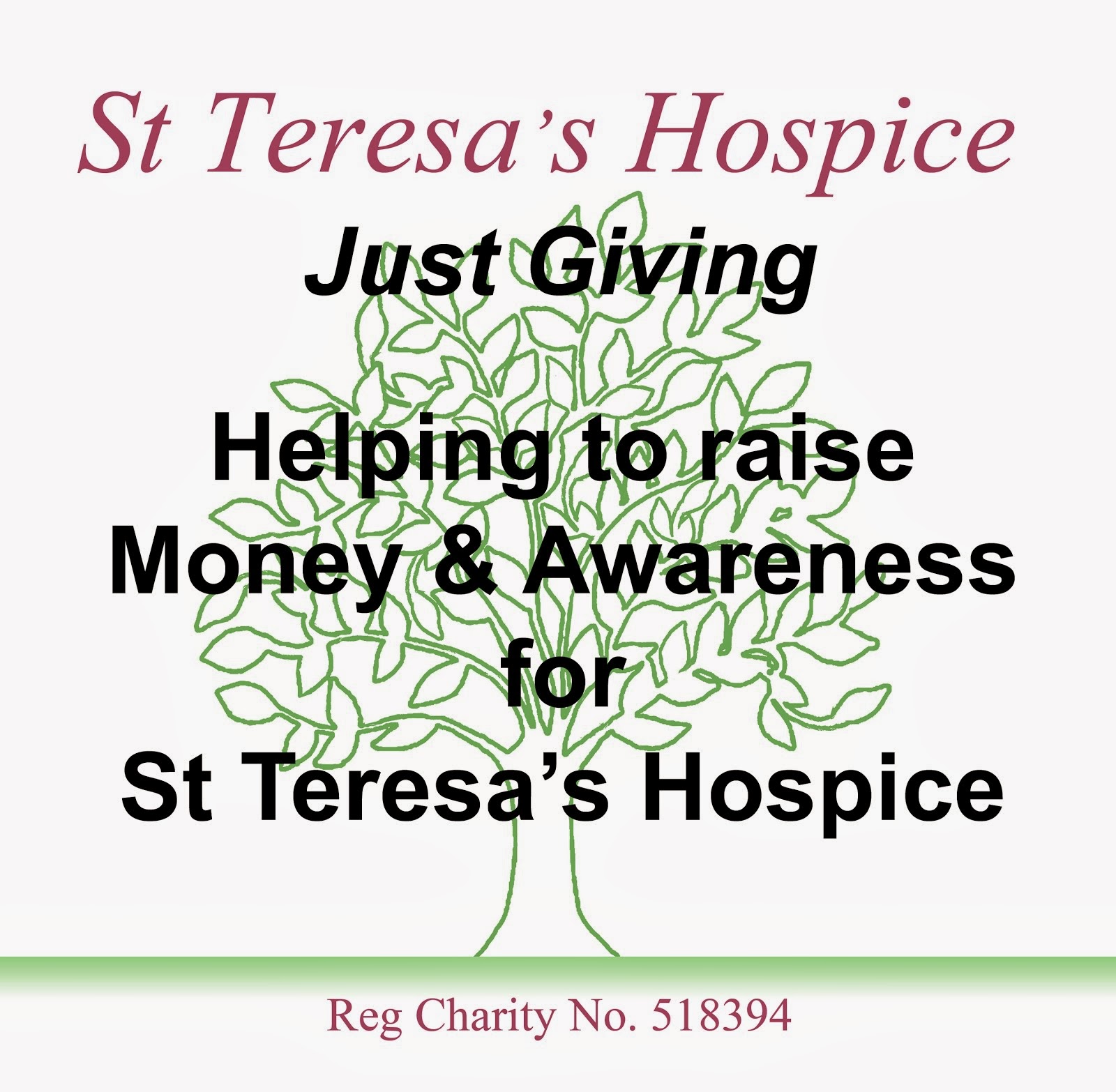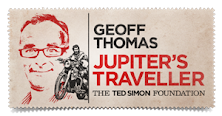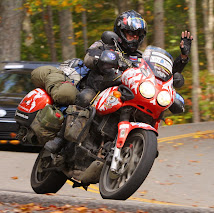So, after an eventful journey back from Hua Hin, my ideas of renting another bike were thwarted when the seasonal rains arrived early. They were wet and heavy and while I love riding bikes, I really don’t love anything quite that much. Ever since arriving in Thailand I’d seen posters advertising the latest blockbuster movie, “Naresuan”. I knew that Naresuan was a King of Siam, probably dating back to the 16th Century and that he had a liking for fighting on elephants. I wasn’t sure if he was real or mythical, but as every other person in Thailand seemed to have already seen the movie, I figured that it would be rude not to join them. I like going to the movies in Thailand because it reminds me of how things used to be back in Blighty; usherettes, Pearl & Dene advertising, standing for the national anthem and been shown to your chosen seat by a uniformed lady with a flashlight.
 After watching forty-five minutes of Thai advertising and standing for the National Anthem, the movie began, three solid hours of it. The first thing that I realised was that this was in fact “Naresuan III” and I’d clearly missed the first two parts of the trilogy. The second thing that I noticed was a distinct lack of English subtitles. It was all in Thai and I understood barely a word of it. If I’d gone to the posh cinema in Siam Paragon then there would have been subtitles, but I’d chosen a provincial cinema in Lak Si and clearly English people didn’t tend to watch movies in that neck of the woods. The cinema was crowded and I really wasn’t sure about the etiquette involved in leaving a movie of such national historical importance before the ending. So I stayed, along with everybody else, and in a strange way, it was absolutely fascinating.
After watching forty-five minutes of Thai advertising and standing for the National Anthem, the movie began, three solid hours of it. The first thing that I realised was that this was in fact “Naresuan III” and I’d clearly missed the first two parts of the trilogy. The second thing that I noticed was a distinct lack of English subtitles. It was all in Thai and I understood barely a word of it. If I’d gone to the posh cinema in Siam Paragon then there would have been subtitles, but I’d chosen a provincial cinema in Lak Si and clearly English people didn’t tend to watch movies in that neck of the woods. The cinema was crowded and I really wasn’t sure about the etiquette involved in leaving a movie of such national historical importance before the ending. So I stayed, along with everybody else, and in a strange way, it was absolutely fascinating.A little later research told me that Naresuan was born in Phitsanulok Province around 1555 and was King of the Ayutthaya region of Siam from 1590 until his death in 1605. As a King, Naresuan was most noted for his military campaigns and his struggles to free his people from Burmese oppression. I can remember being fascinated by the hundreds of headless Buddha statues during my earlier visits to the ancient temples at Ayutthaya. It all dates back to the time of Naresuan and the destruction caused by the invading armies that he finally repelled.

The more that I read about Naresuan the more fascinating and complicated his story became. Unfortunately the information available on the internet is a little disjointed and sparse, so I decided to explore a little further, and a little more physically. Next stop Phitsanulok, the birth place of Naresuan and home to the ’Beautiful Buddha’ that is said to have inspired his great victories. It’s not really a ’Plan’ ….. but in the absence of a plan then it’s the next best thing.































